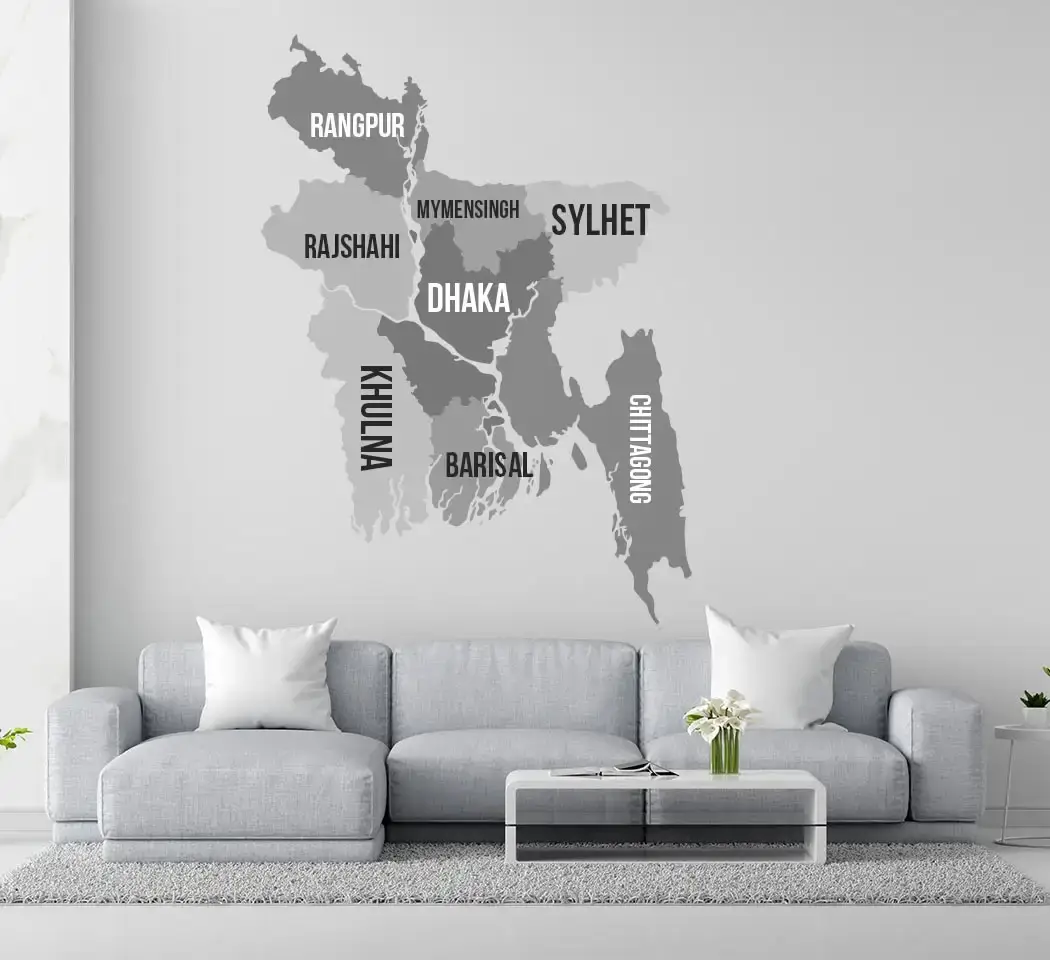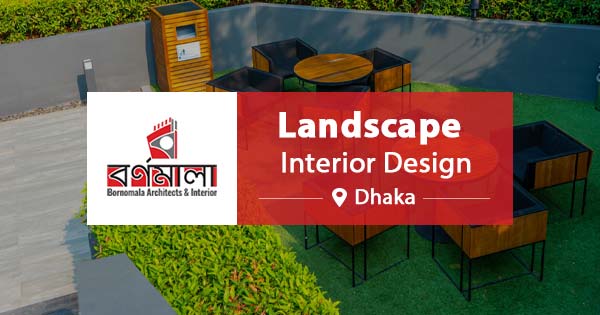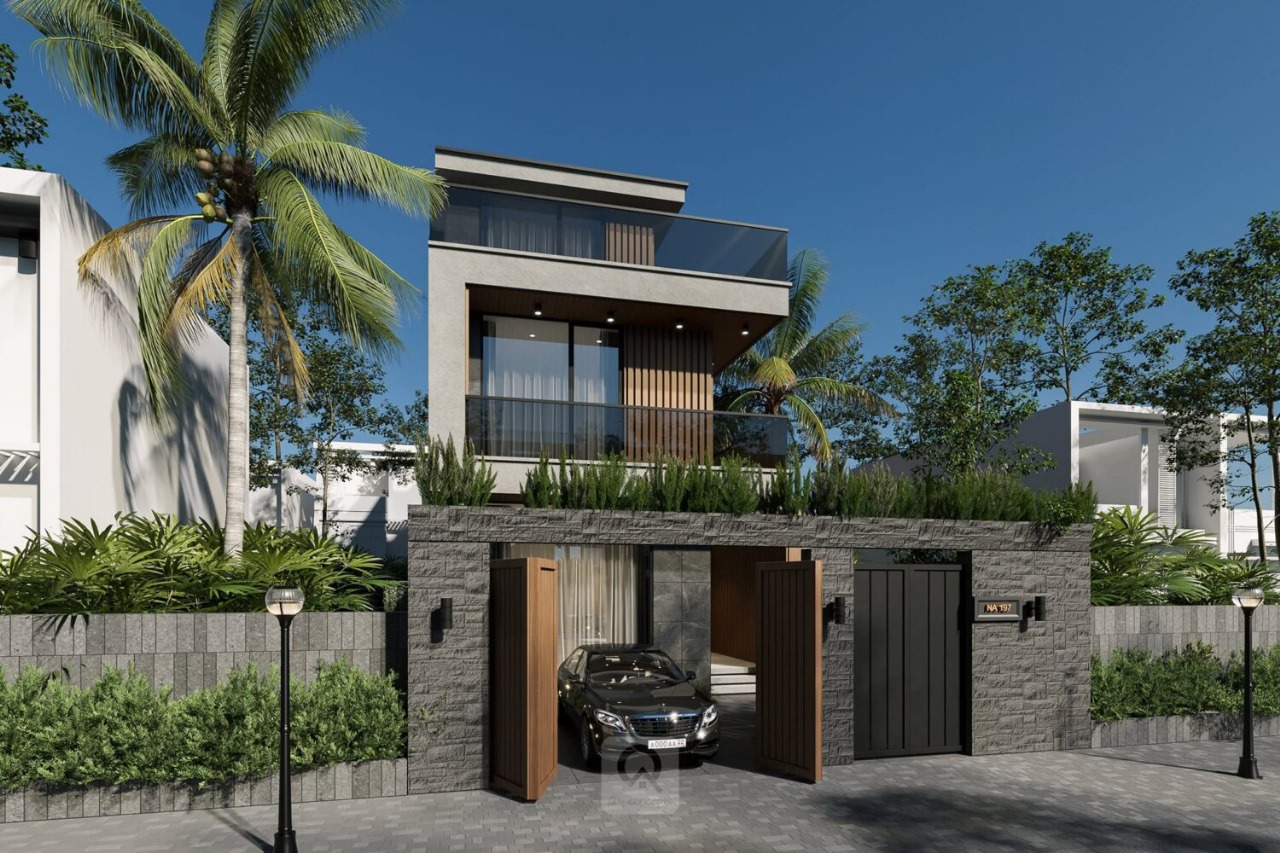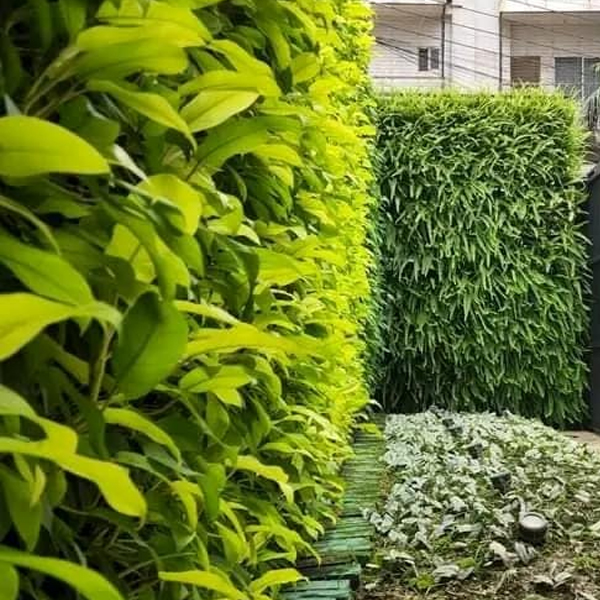How to improve curb appeal with landscaping?
Curb appeal is all about making a property look attractive and inviting. People have always loved beautiful spaces and often go out of their way to make things look nice.
Joseph Addison once said, “Nothing reaches the soul quite like beauty.”
This desire to make things beautiful isn’t just personal; it’s also about creating a good impression. The outside of a home, in particular, shows off a person’s style and adds charm, which is why landscaping is so important. For homeowners and those in real estate, well-designed landscaping makes a property more appealing and can increase its value.
Studies show that good curb appeal can raise a property's value by up to 7%, as The Journal of Real Estate Finance and Economics noted.
Given the importance of landscaping in boosting curb appeal, it's clear that investing time and effort into beautifying outdoor spaces can significantly enhance a property's overall value and charm.
Let’s now explore some effective ways to improve curb appeal through landscaping. or directly contact with professional landscaping designer firm in Bangladesh.


10 curb appeal landscaping ideas that maximize property values
1. Maintain a lush lawn
A well-kept lawn is often the first thing people notice when they approach a property. Mow your grass regularly, remove weeds, and ensure that the lawn is properly watered and fertilized. Consider using a high-quality grass seed to fill in any bare patches. Keeping the lawn healthy and green makes your home appear more polished and cared for.
2. Plant trees, shrubs, and flowers
Adding greenery, shrubs, and flowers to your landscape instantly brightens up the property. Choose plants that complement the style of your home and are appropriate for your climate. Use a mix of perennial and annual flowers for year-round color, and consider shrubs to provide structure. Strategically place larger plants like trees and hedges to frame your home and guide the eye toward the entrance.
3. Create a defined pathway
A well-designed pathway directs guests toward the entrance and enhances the flow of your outdoor space. You can use materials such as brick, stone, or gravel to create a defined walkway. Adding borders with small shrubs, lighting, or flowering plants can make the pathway even more appealing.
4. Incorporate outdoor lighting
Good lighting not only improves safety but also highlights key features of your landscape. Solar-powered garden lights along the walkway spotlights on trees, or subtle illumination for flower beds and steps can create a dramatic effect in the evening, making your home stand out at all times.
5. Add mulch to flower beds
Using mulch in garden beds gives your landscaping a tidy, finished appearance. It helps retain moisture for plants and keeps weeds at bay, allowing your flowers and shrubs to thrive. Fresh mulch, whether in natural or dyed shades, also provides a contrasting background that makes the plants pop.
6. Upgrade your front porch or entryway
The front porch or entryway is a focal point for curb appeal. Simple additions such as a new doormat, potted plants, or seasonal wreaths can make it more inviting. If you have the budget, upgrading the front door or painting it a bold color can add an instant style boost.
7. Incorporate hardscaping
Hardscaping elements like retaining walls, stone steps, or patios add dimension and functionality to your landscape. These structures help define different areas of your yard, making it more organized and usable. Select materials that harmonize with your home's architectural style to create a unified and polished appearance.
8. Trim overgrown bushes and trees
Overgrown bushes or trees can make your property look unkempt and hide key architectural features. Regularly trimming and pruning plants ensures they maintain their shape and don’t obstruct views of the house. It also allows more sunlight to reach your plants, keeping your garden healthy.
9. Install a water feature
A water feature like a fountain, birdbath, or small pond can add a sense of tranquility to your yard. These elements create visual interest and a relaxing ambiance. Even a simple, well-placed birdbath can have a significant impact on the overall look of your landscape.
10. Use planters and containers
If your yard has limited space, you can still enhance your curb appeal with planters and container gardens. Use them to add height, color, and texture around your entrance or along walkways. Containers are also great for highlighting seasonal flowers and experimenting with different arrangements throughout the year.
Get a professional landscaping designer
If you're someone who appreciates aesthetics or you're looking to increase the value of your property, enhancing its curb appeal is the way to go. As mentioned earlier, improving curb appeal through thoughtful landscaping can significantly raise the beauty and value of your property. But the big question is, who will help bring your vision to life? You’re in the right place! There’s no need to worry—trusted and professional landscaping service providers are now within reach. Call us now and let's bring your vision to life together.
Get a QuotationRelated questions

Our Service Area
Please tell us about your residential home space or commercial space requirements. One of our creative, modern interior designers or interior decorator will walk you through our service options.
- Aftabnagar
- Bagerhat
- Bailey Road
- Bandarban
- Barguna
- Baridhara Diplomatic Zone
- Barishal
- Bashundhara
- Bhola
- Bogra
- Brahmanbaria
- Chandpur
- Chittagong
- Chuadanga
- Comilla
- Cox's Bazar
- Dhaka
- Dhanmondi
- Dinajpur
- Faridpur
- Farmgate
- Feni
- Gaibandha
- Gazipur
- Gopalganj
- Habiganj
- Jamalpur
- Jessore
- Jhalokati
- Jhenaidah
- Joypurhat
- Kakrail
- Khagrachhari
- Khulna
- Kishoreganj
- Kuakata
- Kurigram
- Kushtia
- Lakshmipur
- Lalmonirhat
- Madaripur
- Magura
- Manikganj
- Meherpur
- Mogbazar
- Mohammadpur
- Motijheel
- Moulvibazar
- Munshiganj
- Mymensingh
- Naogaon
- Narail
- Narayanganj
- Narsingdi
- Natore
- Nawabganj
- Netrakona
- New Elephant Road
- New Market
- Nilphamari
- Noakhali
- Pabna
- Paltan
- Panchagarh
- Patuakhali
- Pirojpur
- Rajbari
- Rajshahi
- Rangamati
- Rangpur
- Satkhira
- Segunbagicha
- Shariatpur
- Sherpur
- Sirajganj
- sreemangal
- Sunamganj
- Sylhet
- Tangail
- Thakurgaon
- Uttara
Get free estimation about your project! Feel free to call or contact us.



